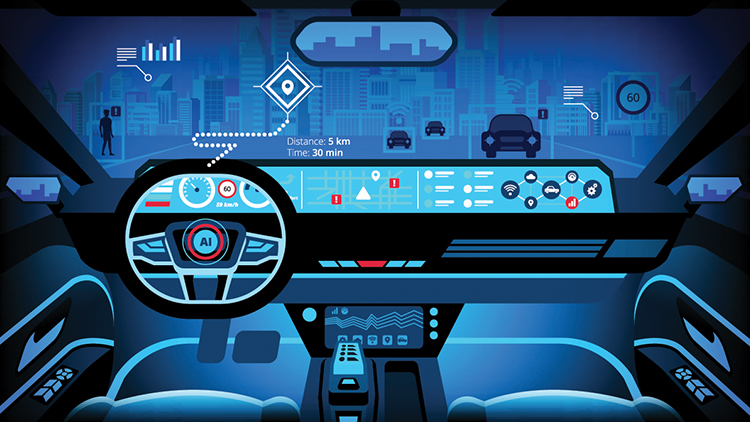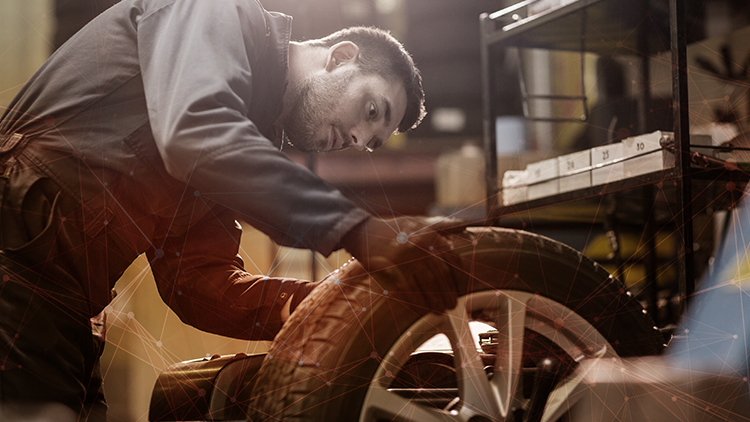A CASE vehicle is one that fits into one or more categories defined by the CASE acronym:
- Connected: this vehicle has a live high-speed Internet connection with reliable uptime
- Autonomous: this vehicle does not need a human operator to drive
- Shared: this vehicle has more than one regular operator, excluding familial or commercial situations (i.e. strangers share this vehicle on a regular basis)
- Electric: gasoline need not apply. The electrons and their magnetic waves have it covered
These attributes and trends all represent the common technological advancements we are witnessing today, and can expect to see accelerate in the near future. As more and more CASE vehicles hit the streets, underwriting complexity, repair complexity and severity will undoubtedly rise—and that rise is expected to be dramatic.
Below is an expanded description of each. In the near future, we plan to detail the four main categories, along with their overlaps and inevitable convergence. Also planned is an exploration of how the CASE vehicle landscape has evolved compared to a benchmark 2012 MIT Technology Review article on the subject.
Connected vehicles
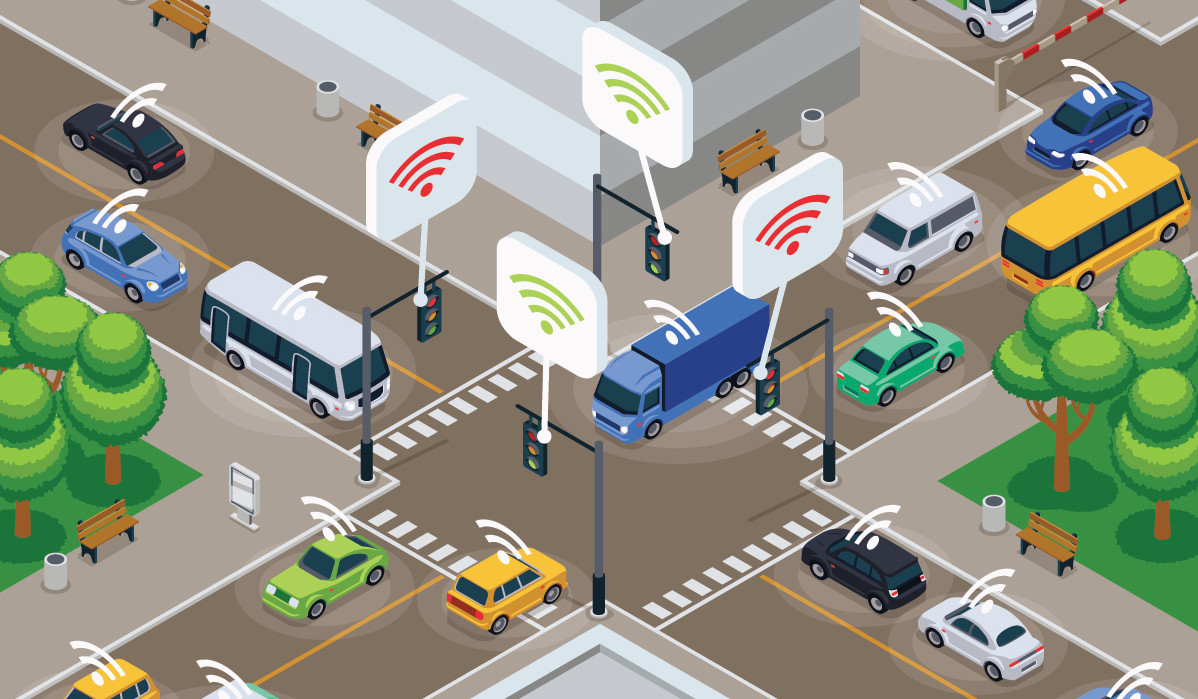
The Internet of Things (IoT) is a hot topic in practically every sphere of business, and automotive is no exception. If we think about how radically Internet connections transformed the cell phone into the smartphone, there’s no reason to believe that it won’t have the same effect on any given product! However, products that we spend a lot of time with and mean a lot to our identity are bound to be more profoundly impacted.
And few things mean as much to someone as their car.
Once a critical mass of reliably Internet-enabled vehicles hit the road, the telematics industry will undergo incredible growth. Opportunity for sideline businesses will explode as well (like how the smartphone revolution forever changed the mobile gaming industry).
As a result, data processing and its cascading influence into claims systems such as predictive FNOL triage, towing dispatch, automated underwriting or gamified policy compliance will see a huge surge in demand.
Autonomous Vehicles

Driverless cars and trucks are probably the most intriguing and futuristic sounding of the lot, as the rest of the CASE categories have already established strong consumer markets for themselves.
This is also probably the most disruptive category, especially for insurance carriers (society at large notwithstanding). There are mind boggling arguments afoot regarding safety, legislation, culpability at the moral and legal levels…
We could go on, and we will! In a future, dedicated article.
For now, the most poignant thing to understand is that this will happen, and it will probably happen faster than many will be prepared for.
Shared Vehicles
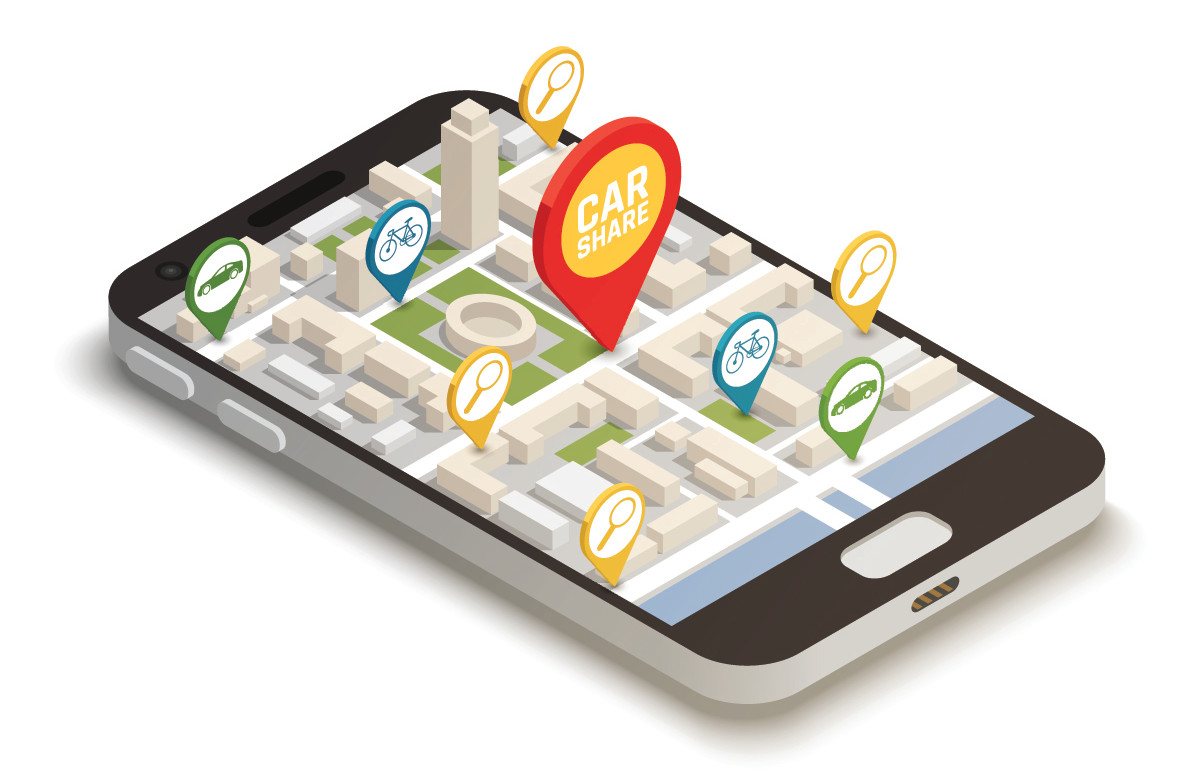
This is an “old” new concept. Different people using the same vehicle is not a revolution, but when you layer in the Internet (be it via a connected car or not), the scope and scale of the Shared Vehicle becomes interesting indeed.
Vehicle-on-demand services like ZipCar are the current best examples of an economy where a vehicle has multiple operators over the course of its life. At Solera Canada, we often talk about the 54 touchpoint opportunities for insurance companies along a vehicle’s lifetime (these include infrequent events like FNOL, change of ownership and more frequent activities like maintenance)—but when you consider a vehicle in ZipCar’s fleet, the landscape of those touchpoints is surely different!
However, ZipCar and companies like it are just the tip of the technological iceberg. Consider Turo, which is an app that allows vehicle owners to rent their rides out to strangers: effectively the AirBnB of cars. Combine Connected with Autonomous with Shared and the age of the public transit system itself looks like it may be reshaped, hacked, and totally transformed.
Policymakers… good luck with this one!
Electric Vehicles
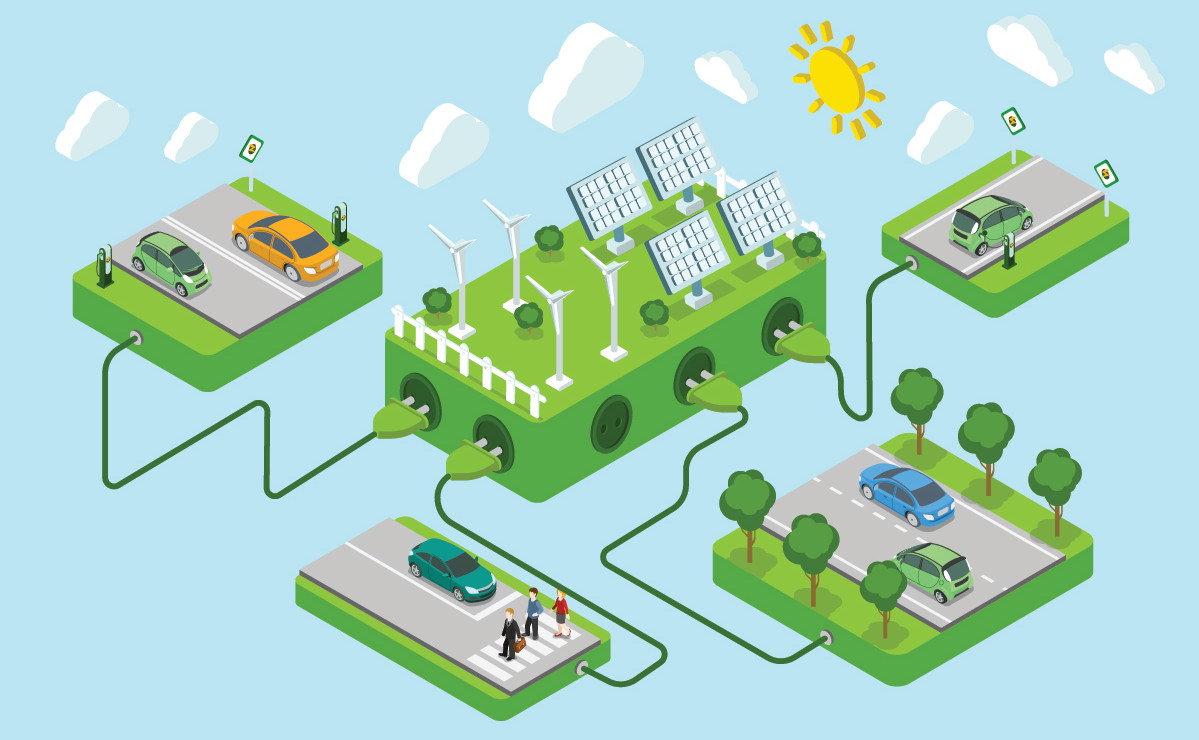
Perhaps the “oldest” new idea, the electric car pre-dates the fossil fuel version, its popularity stifled at the dawn of the personal automobile age by the rise of the Ford Motor Company (with more recent resurgences allegedly stomped out by entities who stood to suffer from electric’s success). Great for the manufacturers and those who love the sound of a roaring engine, probably a terrible mistake for society, what with the effect on the environment.
Thankfully, Elon Musk used a huge stack of money and unparalleled genius to try and reverse the trend, and as of 2014—with the public release of all its patents—it looks like Tesla has succeeded in its mission to crack open the consumer market for the ill-sequestered Electric Car.
Okay, we’ll come off the soapbox and get back to the point: While the propulsion system of the vehicle is somewhat conceptually disconnected from the implications of the other CASE categories, the rise of electric will contribute an enormous amount of technological complexity to the repair/aftermarket ecosystem, as well as throw interesting wrenches into total loss calculations and decisions.
Keeping up with CASE
There is a lot to cover when it comes to CASE Vehicles, so expect to see more in depth articles on each of the categories, how the aftermarket and claims industries should expect to have to cope/adjust, and (of course) what solutions Solera Canada has for these issues today, and for the undoubtedly wild future.

